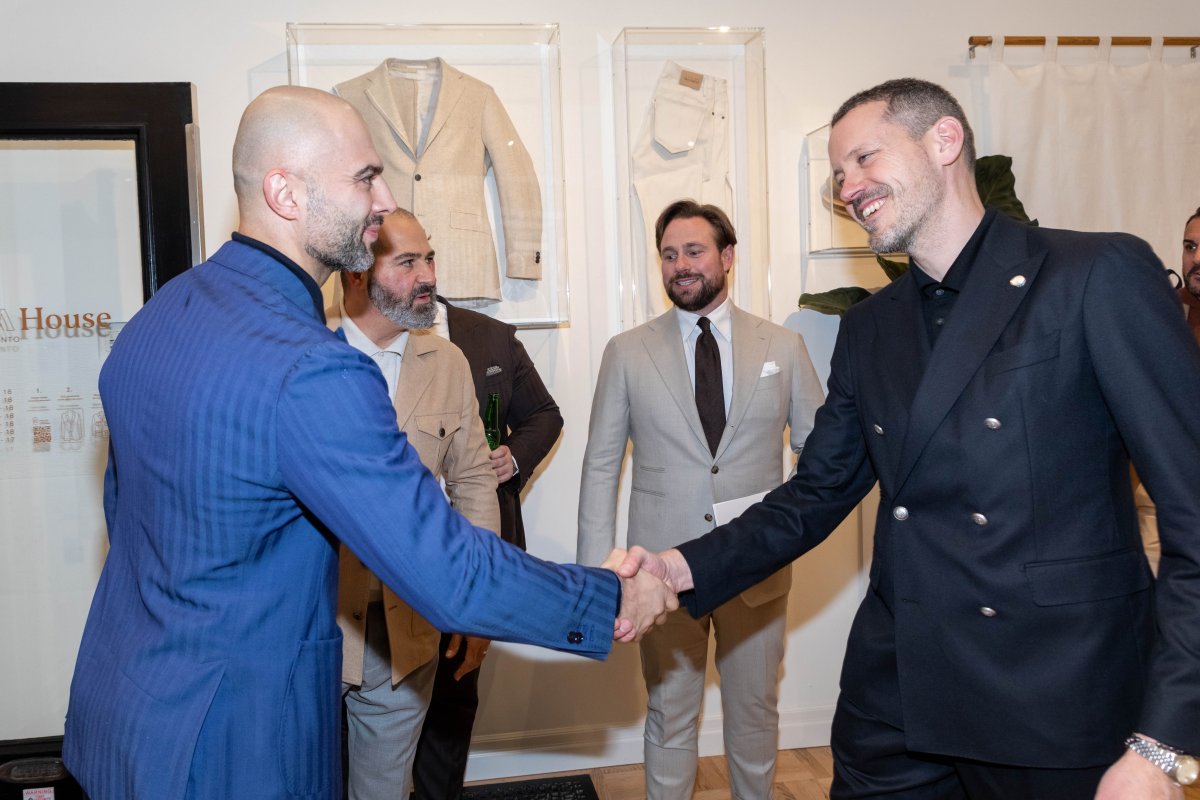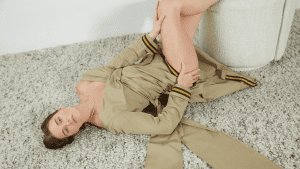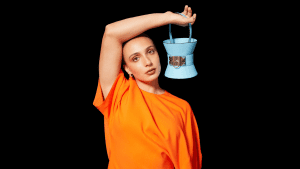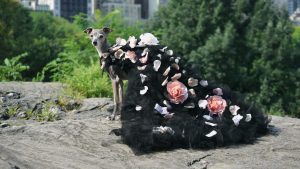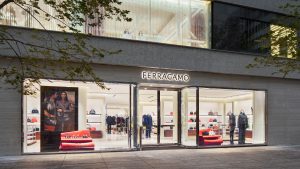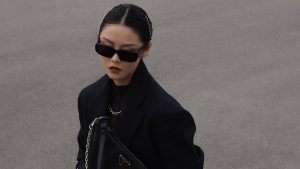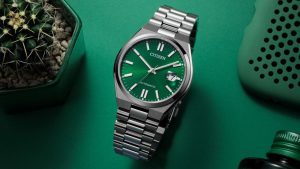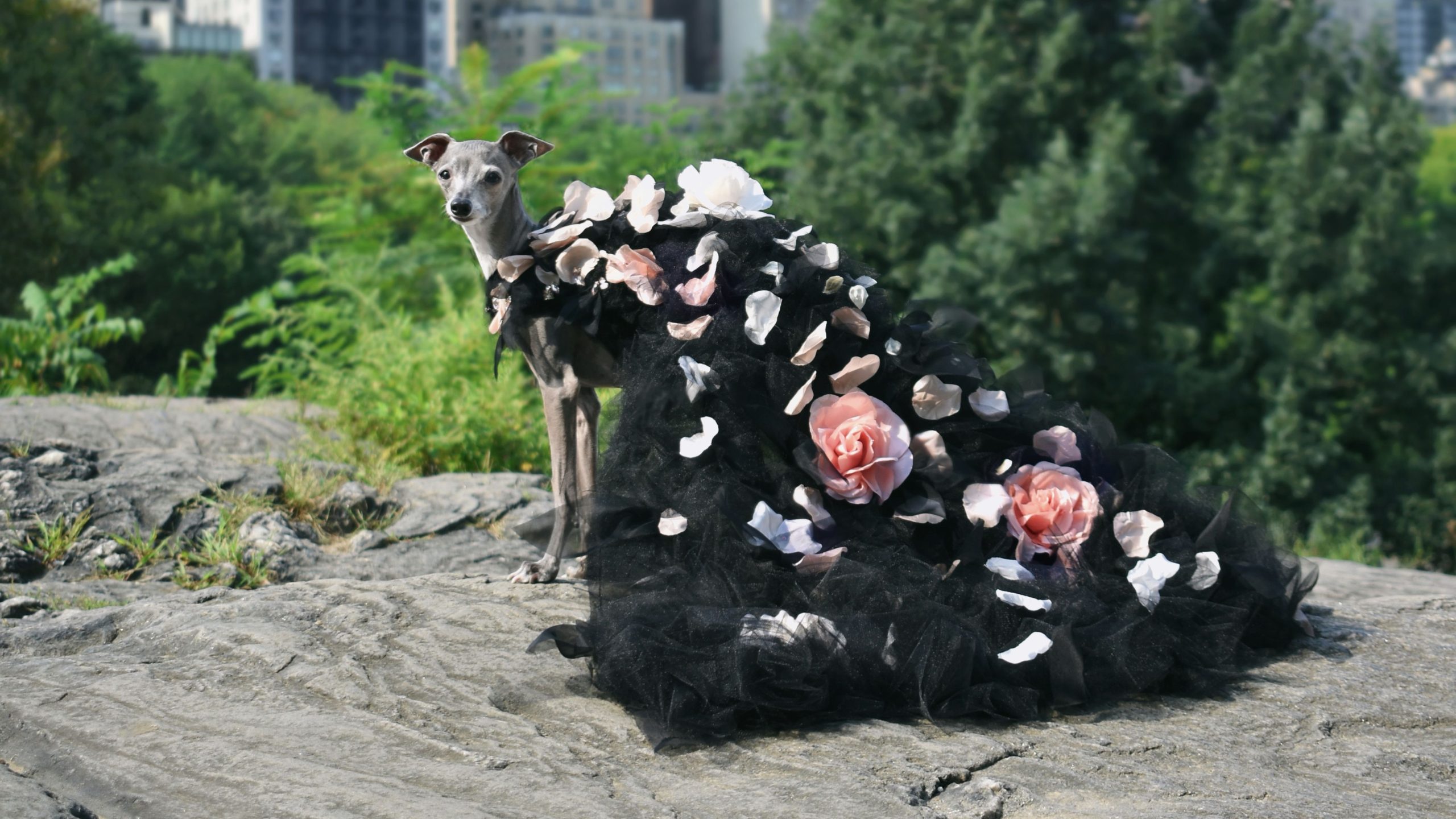[vc_row][vc_column][vc_column_text]This past October, the second global storefront of Atelier Munro House opened its doors in the luxurious Yorkville neighbourhood. Before expanding nationally, the fashion brand’s Toronto location celebrated its opening with an event at its historic location on Hazelton Ave, attended by Bay Street Bull’s Editor-in-Chief Lance Chung.
Founded in 2007 by a group that hoped to make customized apparel more efficient while maintaining the personal approach that for so long defined luxury menswear, the brand is making inroads with the city by partnering with the Toronto Maple Leafs’ Mark Giordano, a defenseman and Toronto native.
At the event, we had the opportunity to sit down with Atelier Munro’s Creative Director Joachim Baan and Mark Giordano and discuss what the launch means to them, why Toronto is a good fit for their second global retail location, and where the brand is headed in the future.
RELATED: Canadian Menswear Essentials to Elevate Your Spring Wardrobe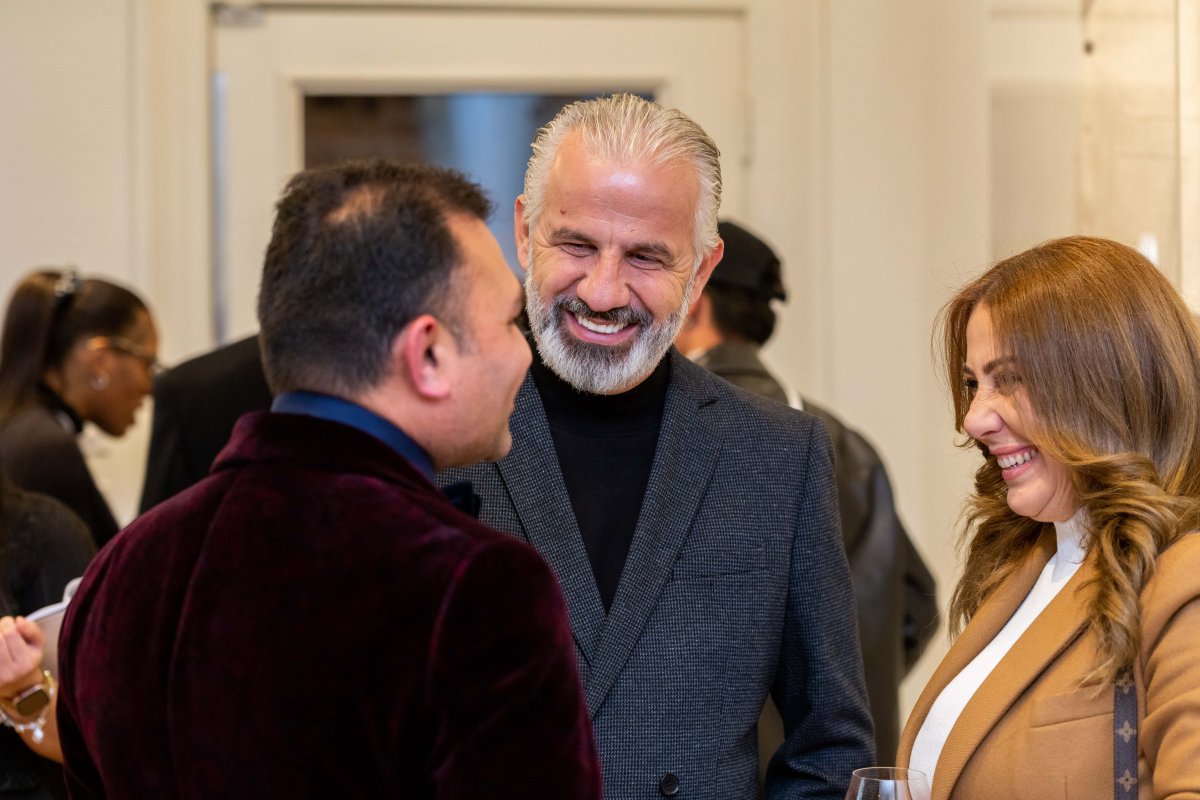

______________________
Lance Chung: You’re wearing a great blue peak lapel, single-breasted suit. What kind of feedback were you giving that helped them create a suit that suited your lifestyle and needs for travelling and wearing the suit before games?
Mark Giordano: I don’t really know much about what’s in right now, and style’s always changing. I’m not a guy who, when I walk into the room, wants to be flashy. There are a lot of guys who enjoy that, but I want to be more subtle while still having that effect where people look at you and are like, ‘Oh, [they are dressed] nice.’ […] I basically told them I’m going to let you guys run with it. If I think it’s too much, I’m going to let you know that I don’t feel comfortable. So far, everything they’ve made has been great. I mean, pleats in my pants and stuff like that, I would’ve never thought that’d be in style. They said “just trust us, let us make the whole suit outfit for you” – even the casual clothes, it’s been great. I can’t complain.
LC: We did a shoot a while back with [Jose Bautista] right before the World Series. We made him jump and then the pants just split because it just was off the rack. That goes to show that creating a wardrobe around your lifestyle is so important. Are you given more agency to express style and have more of an identity?
MG: It really is. I think there’s nothing worse than when you feel uncomfortable and it ruins your game […], you don’t feel good about yourself. I really enjoyed it. [Atelier Munro] is basically all I wear now unless I’m wearing sweats or a hoodie. It’s cool. It’s interesting to see athletes being able to embrace their style and [by extension] their identity. Hockey wasn’t like that before. Guys were intimidated to come out in flashy suits or be on a billboard somewhere. So, for me, it’s a big step personally, but I see how a lot of people are drawn to sports just like some people just watch sports to see what the guys are walking in wearing, it’s a whole subculture. I think the basketball guys took the lead with that and now football and hockey and other sports are following. It’s become a huge deal. I remember my first few years I’ve been playing for a long time now, there was never a camera filming you. Now that’s every game. […] The hardest thing is the pants. For me, even to be able to get casual jeans that are measured to you, it’s big. That’s what I’ve noticed the most, is that the pants fit way better.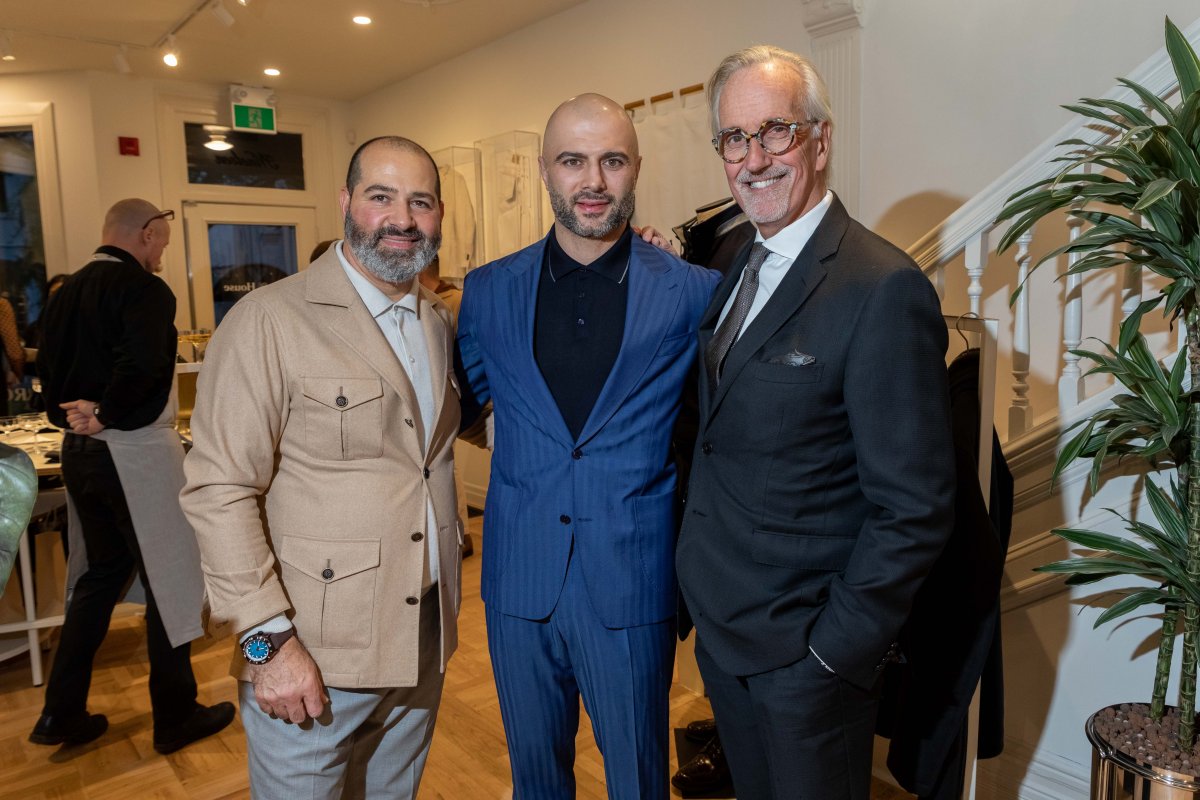

LC: What do you think has really helped open that discussion? What has changed in the culture?
MG: I think part of it is being an entrepreneur and developing one’s own brand, but also, I think the accessibility, the social media aspect. For someone to be able to tweet a picture or post a picture in real-time, I think goes a long way. And for us too – for me to be able to go online now and search different styles and outfits that I like and then be able to wear them, a lot of guys have embraced that. I know on our team you have a platform where you can be reached, and people want to see you. To me, that’s the one thing as athletes in sports where we can get a lot better. Sometimes people don’t care about wins or losses. They want to get to know the person, so I’m trying to embrace it as much as I can.
LC: Are there any athletes that you grew up watching that were huge influences on you? Not just for how they performed, but also the presence they had off the ice – the swagger, the style.
MG: Roger Federer is a guy who stands out to me. Then Tiger Woods obviously. They were the first guys really, I think, that had their own brand, their own style. That’s what I remember growing up and it’s just that presence that they had off the court or off the golf course. […] I don’t have any fantasies about being Roger Federer, but the Munro team makes me feel like I do. It’s funny. […] I’d never really thought about it much before but now I realize how important it is to present yourself to the world in the way you want them to see you.
________________________
Lance Chung: What really inspired the design choices and how you wanted to create them? My first impression when I walked in here was that it didn’t feel like a store. It felt very warm, inviting, and light just in terms of the materials used, the finishes. What was the thought and motivation behind building the store?
Joachim Baan: That was the feeling we want to give everybody. Not just a story, it’s more of a home idea, getting people to slow down at every store. This is our second store. We try at every store to work with local materials and local ingredients. In Amsterdam, we were working with Belgian linen. Here, we took the same approach. We’re working with local people to make the kitchen and the upholstery. In some ways, everything in the luxury world seems to become the same, every store, every brand, whether you visit a store here or across the world, it’s always the same. You see the same collection. We’re trying to make it a local experience. We make it unique. So [at our Atelier Munro] store, you’ll see the similarities and our DNA. It’s something completely different.
LC: Canada is such a huge country just geographically and each market is so different. Vancouver is very different from Toronto, very different from Montreal, and Alberta is also very, very different. But what do you think is the overarching connection, from your perspective, in Canadian style identity?
JB: It’s interesting, you have all of these different yet converging Canadian style identities. We’re building a kind of movement, whether it is a Toronto style or Calgary style or Atelier Munro style or Tokyo style. As I said earlier, we don’t really push you into a certain style or into a certain aesthetic – it’s really about your aesthetic and your own style, your own taste, and the narrative you want to share with how you wear it.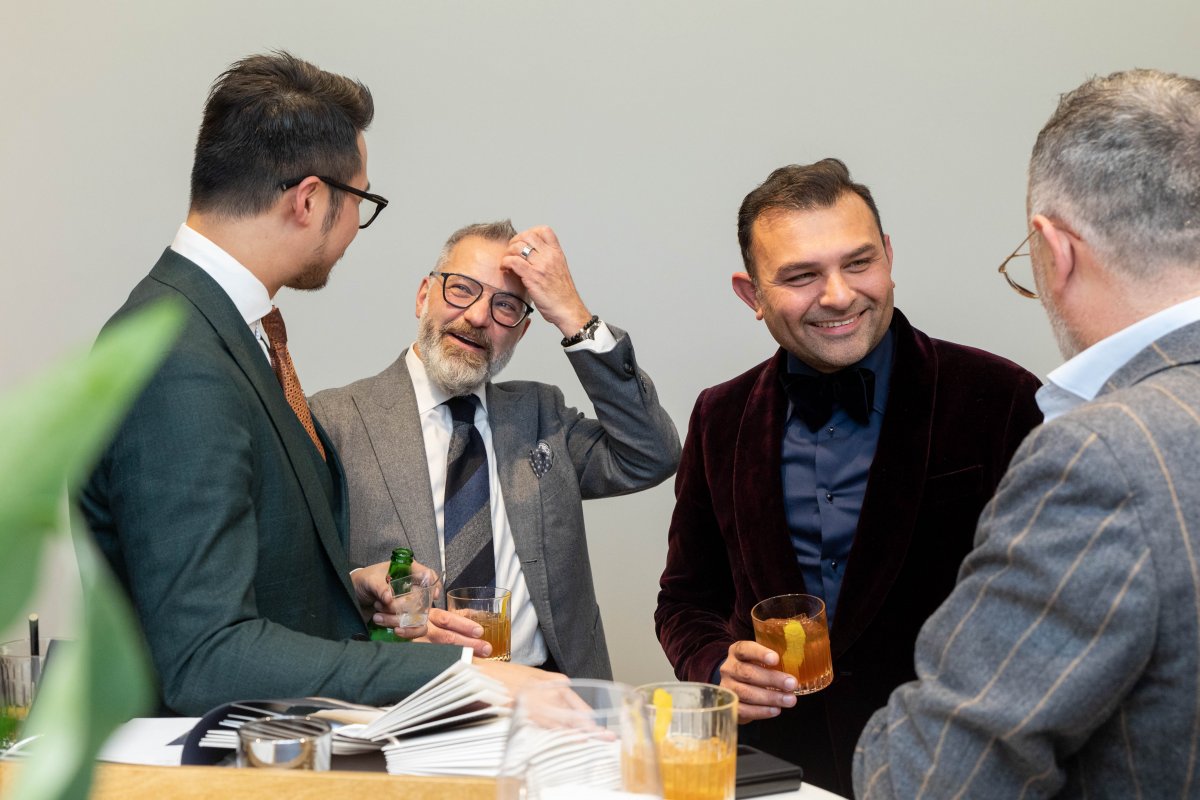

LC: For a brand like Atelier Munro, how do you find the balance between honouring the kind of craftsmanship and tradition of suit-making that’s rooted in the past, but also moving forward and innovating, trying to push your own boundaries? Where do you find that balance?
JB: It’s amazing to work with Munro’s craftmanship, which as you said, is completely rooted in tradition, in how it should be. But you also see more of a shift in how the younger generation is wearing it and mixing in a looser fit. It’s kind of combining the tradition with new modern approaches. We’re flexible to the individual. There are helpful guidelines we can offer, but the rules are always evolving and we embrace that.
LC: You talked about sustainability and how the brand embraces it. What does sustainability mean to the brand? How do you embody the spirit of it?
JB: As a clothing brand, you can’t be sustainable. Any brand – it’s the same with Patagonia, even Patagonia isn’t sustainable. They’re doing their best to be as little toxic as possible. I think we are doing better than most. We are creating everything made to order. So we don’t have all the stock that needs to be burnt at the end of the season. We have our stock of fabrics which you can choose from and that’s quite long-lasting. For ready-to-wear, we have only produced in runs of 10 pieces maximum and that’s it. So, it’s super small quantities really [for] as little waste as possible. The other part [is] growing the fabric collection [to be] more and more sustainable. It’s tricky to say that cause there are so many different meanings. Linens are the best fabric to work with. Wool is amazing. But at the end of the day, true sustainability is about making clothes that last a lifetime, or even lifetimes. If you have a suit that lasts three generations because it’s made to last both in its materials and its style, that’s sustainable. That’s what we do.
LC: Have you always been interested in menswear? Was that something that you grew up with? Always having an interest in style?
JB: As a young kid, I was really interested in clothes. I’ve worked for the past 20 years on the agency side. At design agencies, I’ve worked for a lot of different clients like Cartier and Nike. Big brands, small brands. I started with a store in Amsterdam where I tasted how to build a brand. At Atelier Munro I was involved five years ago. It started by designing the logo. Then a few years ago I had the feeling I really wanted to build something long-term and lasting.
LC: If someone can build their entire wardrobe from scratch, what are the five items that everyone should be using as a foundation for their wardrobe?
JB: I think every man should own good denim, one good sports tee, one good double-breasted suit, and one or two good knit wears. That’s it.
These interviews have been condensed for clarity.
[yikes-mailchimp form=”1″ title=”1″ submit=”SUBSCRIBE”]
[/vc_column_text][/vc_column][/vc_row]


